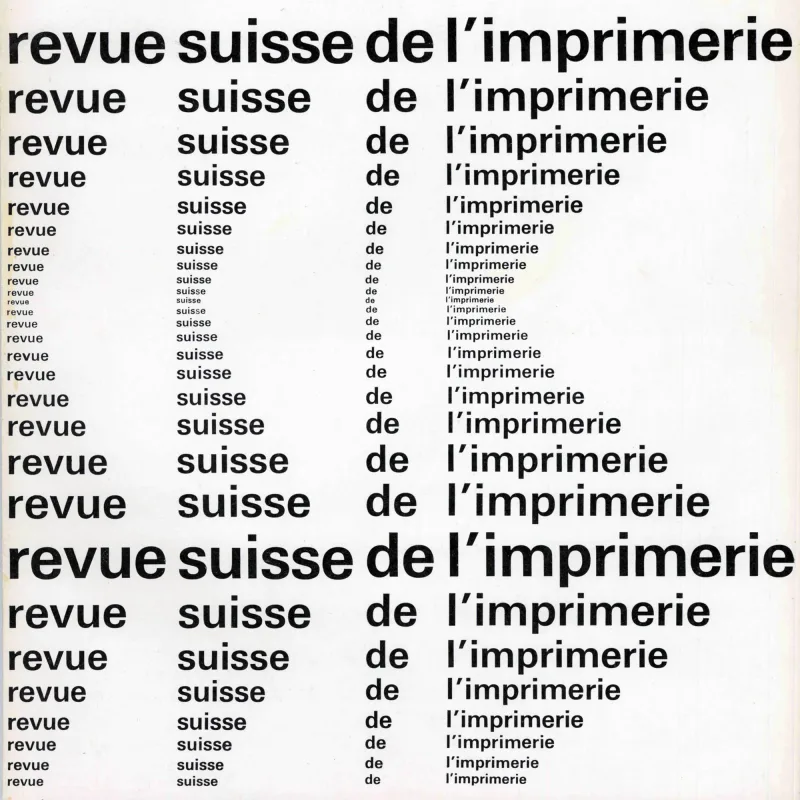The Cuban film poster conveys the spirit and ideals of the Cuban revolution. A time of political change, an uprising that ended the brutal dictatorship of Fulgencio Batista. The Danish Film Institute have a collection of Cuban Film Posters from the past 50 years. Like the Polish film posters created by artists of the Polish School of Posters, these posters are rich in colour, convey a sense of energy and celebrate the hand-crafted illustration of the designers. Among these are some fine examples of the unique poster art of Niko, Dimas and Bachs. You can view the full gallery here on flickr.

Artist: Raul Martinez, 1968
50,6×76 cm

For the First Time, artist: Bachs, 1968
50,7×75,8 cm

Artist: Reboiro, 1982
50,5×76 cm

Seven Guys and a Gal, artist: Azcuy, 1968
50,8×75,9 cm

The Adventures of Juan Quin Quin, artist: Bachs, 1967
50,6×76,3 cm
‘The main purpose of the Danish Film Institute is to promote film art, film culture and cinema culture in Denmark. The Danish Film Institute is the national agency supporting and encouraging Danish film and cinema culture. We support the development, production and distribution of Danish films and offer funding for international co-productions. Support programmes extend to digital games, film education and promotion at international film festivals. A minimum of 25 percent of all subsidies are earmarked for children and youth films. Situated in central Copenhagen, the Danish Film Institute houses the Cinematheque and also includes a library with videotheque and a film studio for children to explore the craft of filmmaking. We manage the stills, posters and film archives and run the streaming sites filmcentralen.dk for teaching, stumfilm.dk for watching Danish silent films and danmarkpaafilm.dk for exploring historical documentary films and clips from and about Denmark. The Danish Film Institute operates under the Ministry of Culture in accordance with the Film Act of 1997. Its current form was established in 1997 by merging three existing government institutions: the Danish Film Institute (feature fiction films), Statens Filmcentral (documentary and short films) and the Danish Film Museum (the Archives).”
https://www.dfi.dk/en/english/about-dfi/glance
https://www.dfi.dk/en/english/about-dfi/glance









